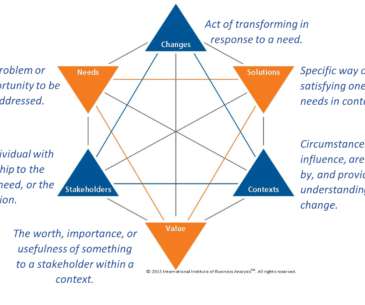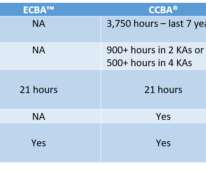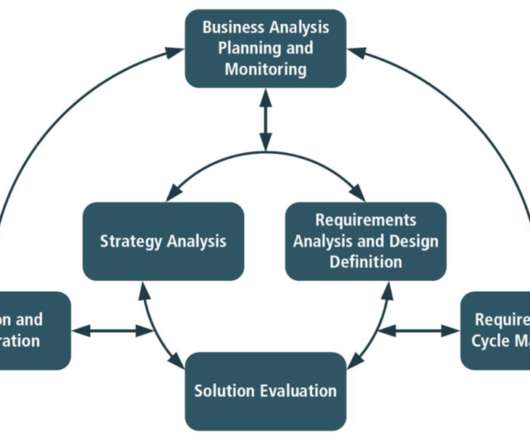BABOK vs PMBOK Guide: What’s the Difference?
Watermark Learning
FEBRUARY 20, 2023
It’s produced by the Project Management Institute (PMI). It’s produced by the Project Management Institute (PMI). While BABOK focuses on general business analysis and frameworks, PMBOK relies on project management principles and practices. The post BABOK vs PMBOK Guide: What’s the Difference?














Let's personalize your content